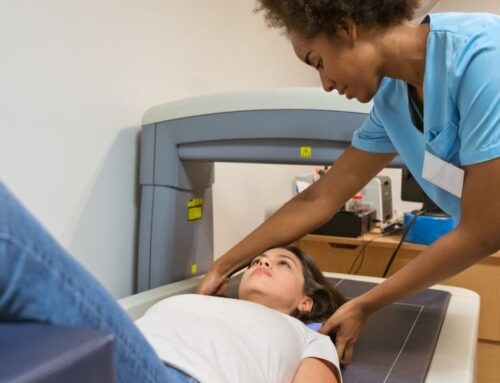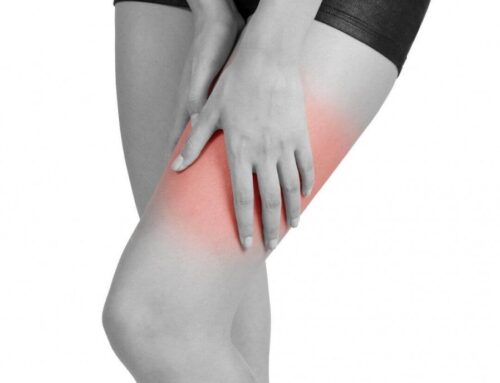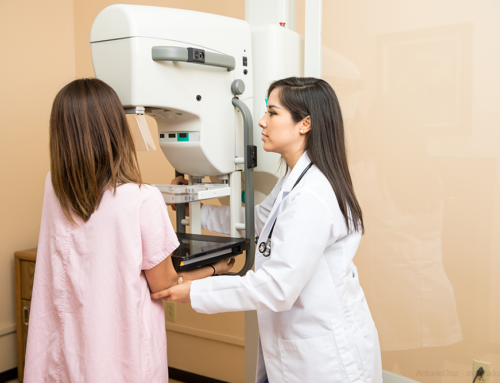Breast augmentation is one of the most popular plastic surgery procedures performed today. This breast surgery is often performed long before a woman needs her first mammogram, which means that the topic of breast implants’ effects on necessary screenings is rarely discussed before breast augmentation is performed. If you’re nearing the age at which routine breast screenings become necessary (age 40), you may have some of the following common questions.
If you have breast implants, you should still get regular screening mammograms as recommended (unless you had both breasts removed with a bilateral mastectomy before getting the implants).
It’s important to tell the technologist you have implants before your mammogram is started. In fact, it’s best to mention this when you make the appointment to have your mammogram done. This way you can find out if the facility has experience doing mammograms in women with breast implants.
You should be aware that both silicone and saline implants can make it hard for the doctor to see the breast tissue that is in line with them on the mammogram.
To help the doctor see as much breast tissue as possible, women with implants have 4 extra pictures done (2 on each breast), as well as the 4 standard pictures taken during a screening mammogram. In these extra pictures, called implant displacement (ID) views, the implant is pushed back against the chest wall and the breast is pulled forward over it and then compressed. This allows better imaging of the front part of each breast so the doctor can get a better look at the breast tissue.
Implant displacement views are harder to do and can be uncomfortable if areas of scar tissue (called contractures) have formed around the implants. ID views are easier if the implants were placed underneath (behind) the chest muscles.
Very rarely, the mammogram process can rupture an implant. This is another important reason to make sure the mammography facility knows you have implants.
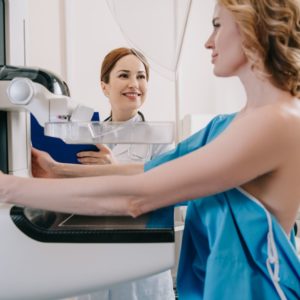
Do breast implants increase my risk of breast cancer?
Fortunately, no. There is no evidence that women with breast implants are more likely to develop cancer. The primary factors that create risks for breast cancer are family history and age. For the record, Anaplastic Large Cell Lymphoma is not breast cancer. It is a rare and treatable cancer that has been linked to specific models of textured breast implants, which were subsequently taken off the market.
How often do I need a mammogram?
Mammogram guidelines are no different for women with breast implants than they are for women without them. Women are advised to begin getting yearly mammograms at age 40, earlier if they have a family history of this disease. Mammograms should be scheduled every 1 to 2 years until at least age 75.
Could breast implants compromise my mammogram?
Yes. both silicone and saline implants can obscure the natural breast tissue and could therefore delay a breast cancer diagnosis. Women with breast implants should inform their mammography technologist when scheduling their screening. The technologist may be able to capture images at various angles to observe as much of the breast as possible.
Can a mammogram damage my implant?
Many women with breast implants have this question. Mammography screenings do compress the breasts and implants. Making the technologist aware of the implants, they can move them up and out of the way before capturing images. If the implants cannot be moved enough to sufficiently reveal breast tissue, alternative tests may be recommended. Women with breast implants are often advised to undergo MRI or ultrasound instead of or in addition to mammography.
Is 3D better than 2D?
Yes! Studies have shown that 3D mammography provides more high-quality imaging than 2D due to the division of the image into one-millimeter slices. The screening does not take any longer than a traditional mammogram and is believed to be ideal for dense breast tissue.
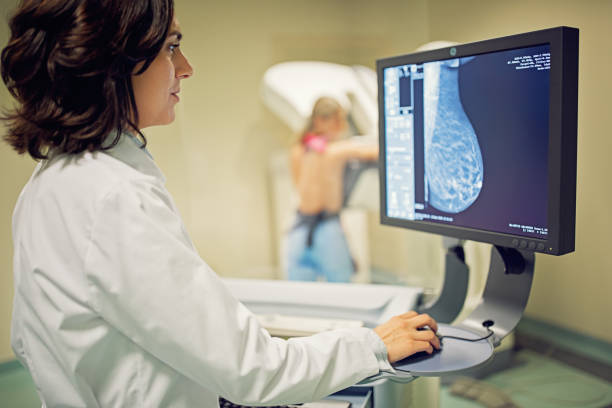
Am I at greater risk for breast cancer?
No association has been found between breast implants and the risk for breast cancer. However, in rare cases, women with implants can develop a highly treatable type of lymphoma called implant-associated anaplastic large-cell lymphoma. This is a cancer of the immune system and not a type of breast cancer.
Remember, mammograms remain a useful tool in early detection of breast cancer for all patients, whether you have implants or not. Let your mammography facility know about your implants so additional X-ray can be taken.
Will my breast implants rupture?
“There is a slight risk of rupture, but this is a very rare complication,” Dr. Reddy said. “The benefits of a mammogram and the opportunity for early diagnosis of breast cancer far outweigh that risk.”
It’s important to let your doctors and technicians know about your implants so they can make necessary adjustments before your screening exam.
How is a mammogram different if I have breast implants?
For a woman with breast implants, a standard 2D mammogram includes four extra pictures (two of each breast), called implant displacement views.
“For these views, the technologist gently pushes the implant back toward the chest wall and brings the breast tissue forward and in front of the implant,” Dr. Reddy said. “This allows more of the breast tissue to be evaluated.”
Should I consider a 3D mammogram, also called tomosynthesis, over a 2D mammogram?
While a 2D mammogram uses a single image to evaluate the breast, a 3D mammogram takes many pictures to show thin layers of the breast and produce a 3D image. These views can make it easier to spot abnormalities in the breast, especially for women with dense tissue.
“The X-ray dose for 3D mammograms can be higher than a standard mammogram but it is still well within safety limits,” Dr. Reddy said. “At MD Anderson, we use a low dose technique for 3D mammograms (3D plus C-view) which reduces the radiation dose so that it is similar to a 2D mammogram.”
If you are interested in 3D mammography, you should check with your provider as well as your insurer regarding coverage. While 3D imaging is growing in popularity, it may not be covered in your state.

